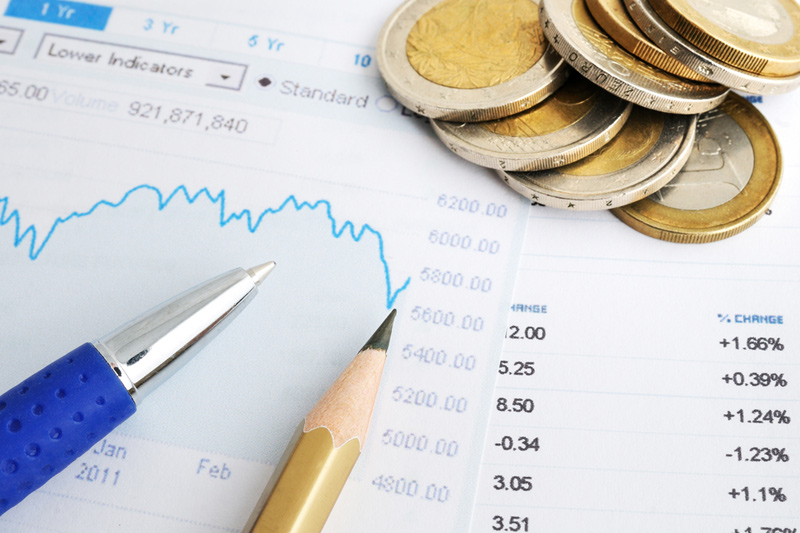In many respects, Donald Trump inherited a “golden age” that he claims to be ushering in. The US economy has been growing at annualized rates close to 3%, with potential growth increasing since the pandemic. The majority of global investors don’t see a US downturn on the horizon. Jobs are plentiful, the economy is at full employment, and inflation-adjusted annual wage growth is running at twice the 40-year average.
To be sure, the US government deficit has ballooned to a worrying 6% of national output, nudging the US public debt pile north of a full year’s gross domestic product. However, the US dollar’s dominant role as the world’s reserve currency has kept creditors at home and abroad relatively relaxed, with no signs of stress in government funding channels.
The US is attracting overseas direct and portfolio investment like never before, with its world-beating, mega-sized companies. US equity now accounts for much of the global stock indexes’ capitalization.
Trump’s inaugural speech seemed to state that “the golden age of America begins right now,” and that “we will be a rich nation again.” However, this is an odd aspiration for an economy that is already one of the richest on the planet, with annual GDP per capita of nearly $87,000 last year.
Despite this, investors are skeptical about the future, as many of Trump’s proposed policies, such as tax cuts, fewer migrant workers, and tariffs, could rekindle inflation and add to budget deficits. There is also a fear that an over-stimulated economy could trigger bad outcomes, such as a rise in credit costs.
Trump’s team argues that inflation risks will be curbed by energy price cheapening and deregulation, while tax cuts will be funded by reducing public spending, downsizing government, and hiking import tariffs. However, the market is still anxious about the potential outcomes.

